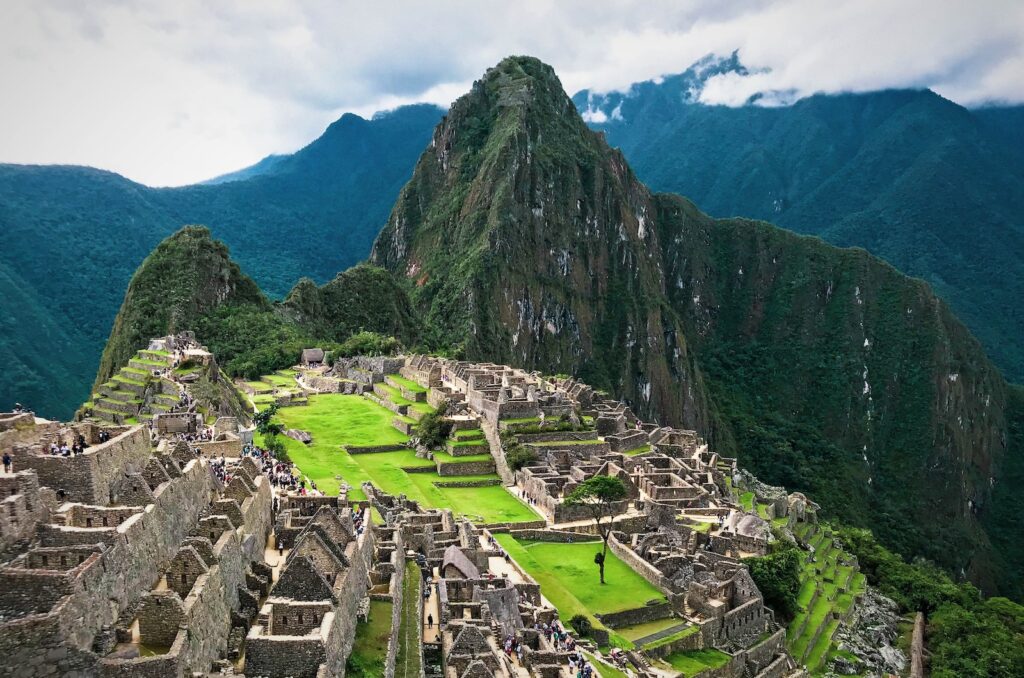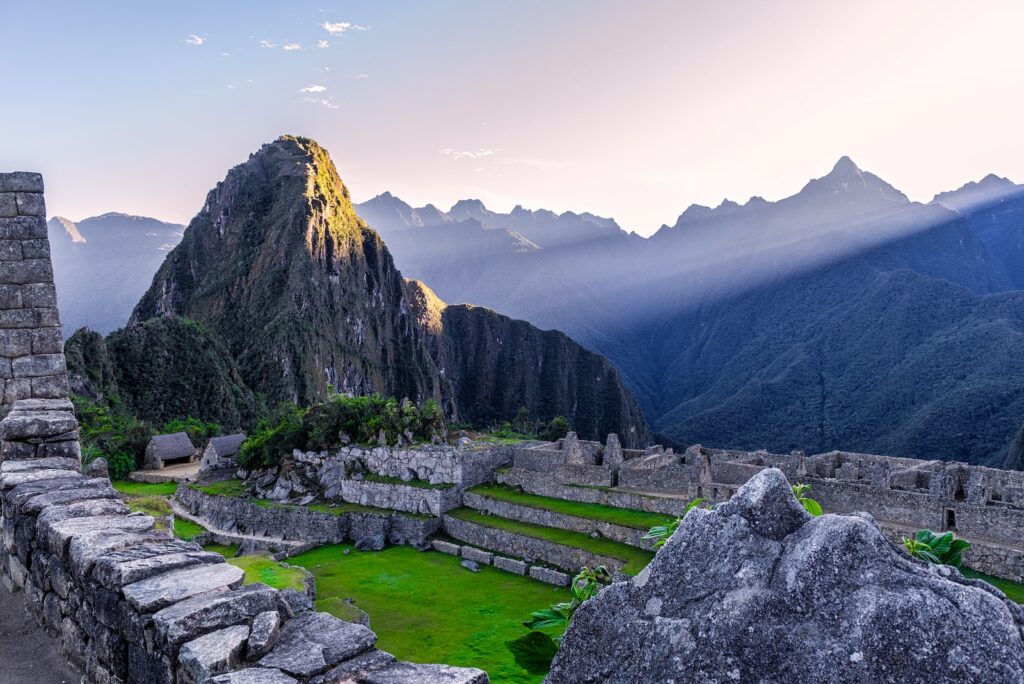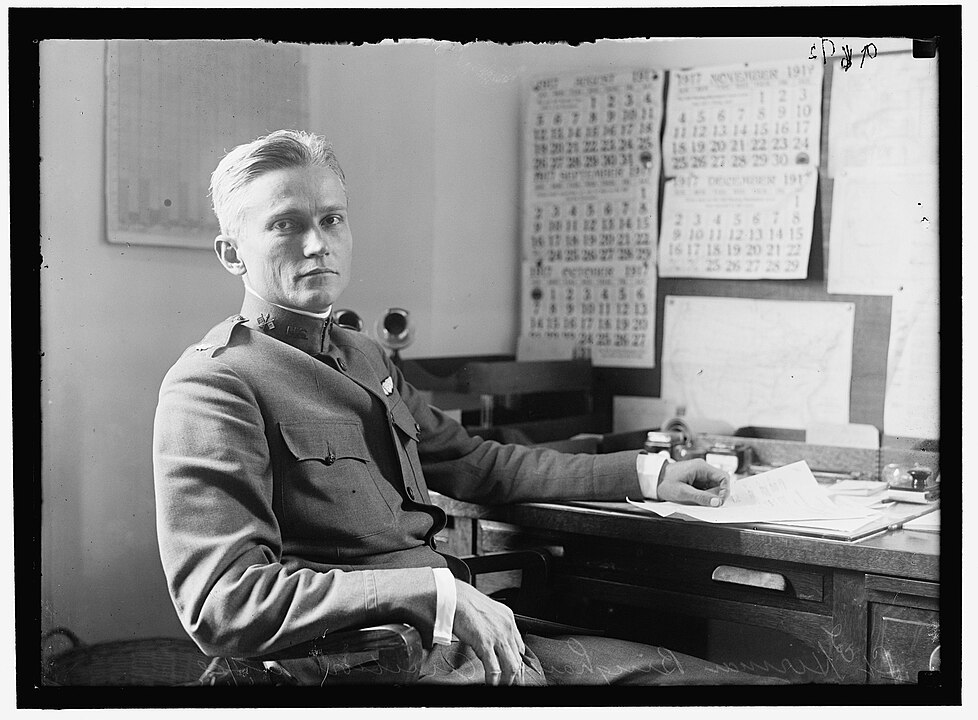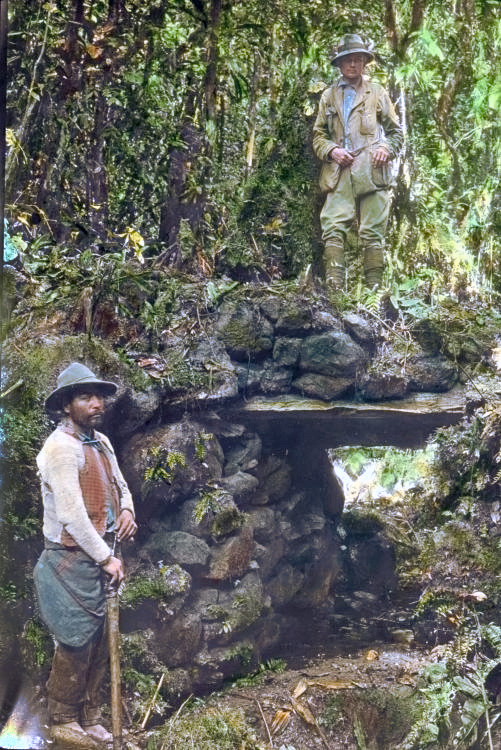Imagine you are hiking up a long and winding road up a very tall mountain in the country of Peru, South America. The sky is cloudy above you, there’s a slight drizzle, and the trees and plants around you are dark green and wet from the rain and mists. You’ve been hiking and for a few days so you are very tired and ready to reach your destination. You use a staff to support you and often stop to drink water for nourishment. You also notice it’s become very hard to breathe. That’s because you are climbing high in the Andes Mountains and the air is much thinner up here. You look upward and see that your destination is close, the lush peaks of the mountaintop blanketed in mist. By the end of the day, you reach your destination, and first see the ruins of an ancient palace, built on the very top of the mountain. You gaze out over the stone walls, terraces, and crumbled buildings, marveling that such a palace existed and was once occupied by a king and his royal family. This is the place they call “Old Peak” or Machu Picchu and you are extremely excited to explore it even further.

The first thing you’ll notice is the massive stone walls that seem to blend perfectly with the natural landscape. Once you step inside the walls of the palace, you find yourself in a place that feels both ancient and mysterious. The city is made up of stone buildings and terraces that are carefully arranged in a way that makes you wonder how they were built without modern tools. The buildings have no roofs, which means you can look up and see the drizzly sky above you.
Everywhere you turn, there are stunning views. Lush mountains stretch as far as the eye can see, and you see the winding Urubamba River far down below. Next, you spot one of the most fascinating parts of Machu Picchu, the Intihuatana Stone, which is like a giant sundial. On one of the terraces you also see a pack of llamas. These adorable animals turn and look at you in a friendly, curious way.
Truly, visiting Machu Picchu is like entering a real-life fairy tale. It’s a place that sparks your imagination and fills you with a sense of awe. The history, the stunning views, and the unique atmosphere have made it a truly unforgettable experience.
If you listened to our episode last week, we learned all about the rise of the Inca Empire and the construction of Machu Picchu. Now let’s dive into how it was discovered and became the treasured tourist destination that it is today.
In 1831, a child named Hiram Bingham III was born to Clara Brewster and Hiram Bingham II in Honolulu, Hawaii. The Binghams were the children of Protestant missionaries who had journeyed to the islands to teach the native people their religion. Growing up, Hirma’s parents were very strict. He really struggled with this because his favorite stories were of adventure and troublesome kids like Huckleberry Finn. The Adventures of Huckleberry Finn by Mark Twain was one of his favorite books and wished for a life of adventure like one of his heroes. He wanted to explore the world but felt like he was stuck on the island and with parents who wanted him to live a very traditional life and get a very traditional education.
When he was 12, Hiram and a friend hatched a plan to leave home and travel to Africa. He took $250 of his savings out of the bank and headed to the port to set sail to the United States. From there he’d travel to New York and then Africa! Unfortunately, the boat didn’t leave on time and Hiram’s father found out about the plan. As you can imagine, he was not happy! Hiram stayed in Hawaii until he was 16 until he got his chance to leave and study at Yale University and later Harvard. He eventually became a professor in Latin History and later married and continued to teach. But something inside Hiram still longed for the life of adventure he dreamed of as a child reading about his hero, Huck Finn.
In 1908, Hiram Bingham traveled to Peru, South America to meet with other professors for work. There, someone told him a story about a lost Incan. Hiram was intrigued! He wondered if the story was about the lost city of Vilcambamba. During his trip, he did some exploring and took pictures of ruins, and started writing about his time in Peru, hoping that someday he could return and find this lost, mysterious city from the stories.
By 1911, a few years later, Hiram Bingham had assembled a team of experts and enough money to make the return trip to Peru to find the lost city of Vilcambamba. He made great sacrifices, such as selling family property in Hawaii, to pay the $12,000 dollars for the trip, and leaving his family at a difficult time. But he was determined to make a great discovery that would put his name in the history books!
Hiram and his crew sailed from New York to Lima, Peru, and got to work trying to figure out the location of the lost city. He interviewed people and studied maps and journals of Spanish priests and others who might have clues about the location of the city. From Lima, they traveled to the city of Cuzco, where in the last episode we learned about Pachacuti, the great king who once ruled the Inca Empire. In Cuzco, Hiram met a man named Melchor Arteaga, who said he knew the location of the lost city and could take Hiram and his team there.

After a five-day journey through the jungle, Hiram, Melchor and his team arrived at a village at the base of the mountain. The weather was bad, making the mountain wet and slippery, but Hiram paid Melchor enough to convince him to take him up the mountain. They climbed up through the rain and mists and mud, sometimes on their hands and knees, and soon reached the mountaintop. The ruins were in view! There was something to the stories about this city. They found a family who were living and farming the terraces of the mountaintop. The family gave them water to drink before Hiram set about exploring the area further. Hiram hiked around and found more walls and more elaborate stone architecture. A temple, a palace, and aqueducts. Hiram didn’t know it yet but this was Machu Picchu, the ruins of Pichacuti’s mountaintop palace! He took pictures of the ruins and notes of everything he observed before climbing back down the mountain to his awaiting team.
Hiram, still wanting to find the lost city of Vilcambamba, continued to explore the area – and did find a city of ruins overgrowing with vines and plants. He didn’t realize it at the time but it was Vilcambamba, but Machu Picchu was even more amazing and he was very excited to share his discoveries with the world!

After returning home, Hiram wrote about his adventures in Peru. He quickly became known around the world for his discoveries and returned again the next year to explore the area deeper and take more pictures. The team also began to uncover more of the buildings. They dug and found pots and jewelry and gold and skeletons, which helped them better understand the life of Pachacuti and the Incas. Many of these artifacts were removed from Machu Picchu and taken to Bingham’s university to be put on display. One hundred years later, these artifacts were rightfully returned to Peru for its people to appreciate.
After Hiram’s later visits, National Geographic printed pictures of the Machu Picchu and people all across the world were able to appreciate the magnificent mountaintop palace. Since that time, Machu Picchu has become one of the most famous archeological sites in the world. In 1948, Peru built a road leading closer to the ruins and also made it a national park. This has helped it to become one of the most visited locations in the world. Since Hiram’s time, more archeologists and scientists have visited the mountaintop palace to learn about the people who lived there. And currently, around 2,000 tourists visit Machu Picchu every day!

The Story of Machi Picchu is one of the skilled, hardworking, and ingenious people who were able to engineer and construct such a magnificent site. Also, it’s a story of an intrepid professor, much like one of my favorite movie characters, Indiana Jones, who followed his childhood dreams and discovered an ancient city for the world to enjoy!
